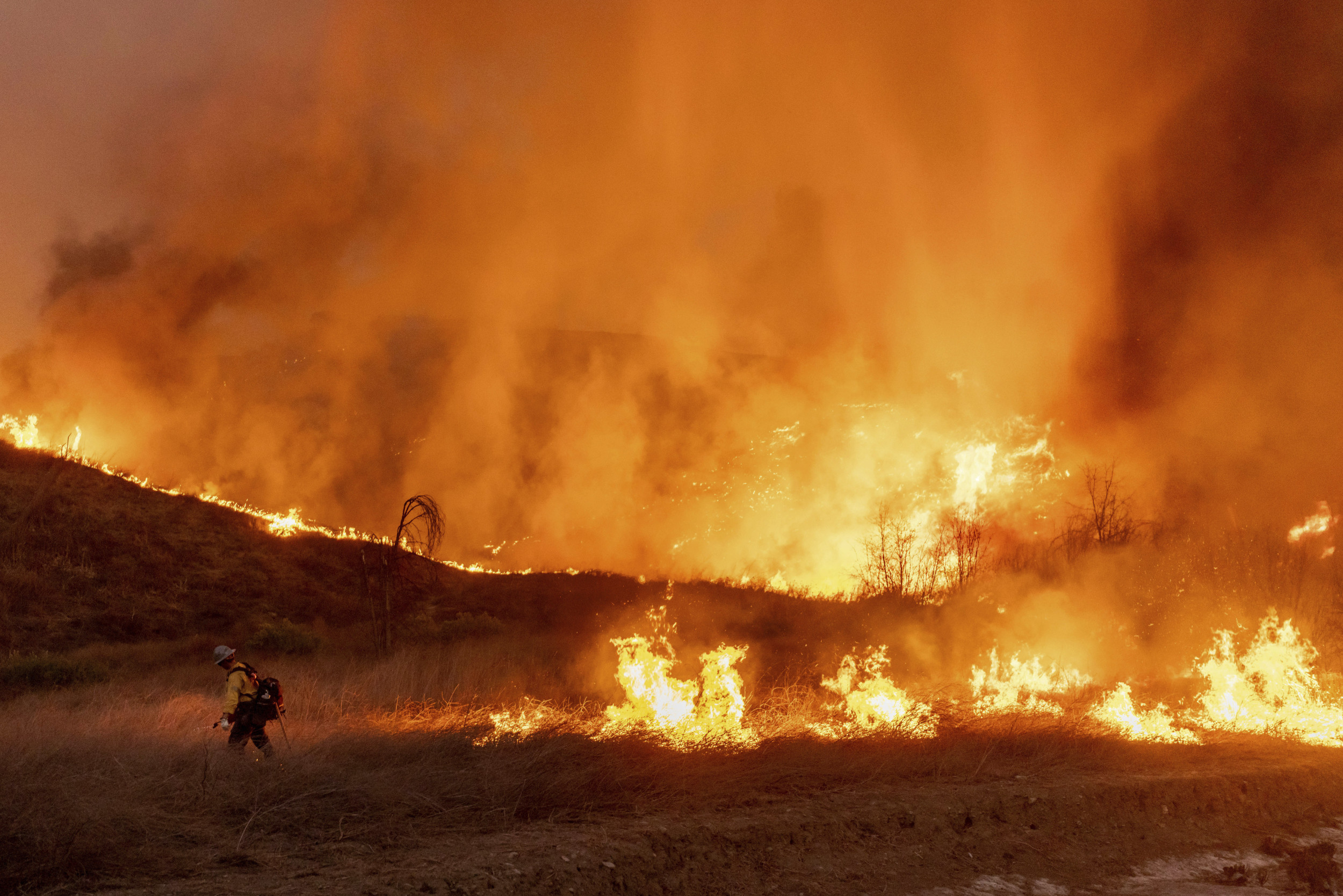Millions of Americans across 24 states are under winter weather warnings today, with up to 2 feet of snow expected.
Why It Matters
Vulnerable populations, including infants and senior citizens, are at heightened risk of health issues due to the dangers of freezing temperatures.
Snow can also cause travel disruptions and hazardous driving conditions.
What To Know
At the time of writing, storm warnings are active in Montana, Wyoming, South Dakota, Georgia, South Carolina, North Carolina, Tennessee, Kentucky, Virginia, West Virginia, and Iowa, while winter weather advisories have been issued for Alaska, Washington, Idaho, Utah, Colorado, Kansas, Alabama, Ohio, Maryland, Pennsylvania, Delaware, Michigan, and Massachusetts.
"A winter weather advisory is issued when there is 3 to 5 inches of snow in 12 hours, or up to a quarter of an inch of sleet, freezing rain with snow or sleet, or blowing snow," per the National Weather Service (NWS).
A storm warning indicates that heavy snow of at least 6 inches in 12 hours, or at least 8 inches in 24 hours, is expected.
The Montana and Wyoming mountains will see the heaviest snow, with up to 2 feet expected until 6 p.m. local time on Sunday. Wind gusts of up to 50 mph are also expected. In the Bears Paw, Highwood, Little Belt, and Snowy Mountains of Montana, a winter storm warning remains in effect until 5 a.m. Sunday, with expected snow accumulations between 8 and 24 inches and winds gusting up to 50 mph.

Winter storm warnings in other states have been issued for Saturday. In Mercer, Summers, and Western Greenbrier counties in West Virginia, a warning is in effect until 7 p.m. EST Saturday, with between 5 and 7 inches of snow expected, and in northwest North Carolina and southwest Virginia, up to 6 inches of snow is forecast to accumulate. In the other regions of Virginia and northeast North Carolina, up to 5 inches of snow is expected.
Some states are also forecast to be hit by strong winds. Wyoming will be the worst affected, with winds of up to 75 mph expected in the North Snowy Range Foothills, including Arlington and Elk Mountain along Interstate 80, and the North Laramie Range.
"Strong winds could cause extensive damage to trees and power lines," the NWS warned.
In portions of South Carolina, east central Georgia, as well as in Colorado, Nebraska, and North Carolina, the NWS warned of periods of freezing rain on Saturday morning. Power outages are also possible, the NWS said.
Amid the challenging conditions, residents are encouraged to delay unnecessary travel, with the NWS urging extreme caution for those needing to travel, advising motorists to keep emergency supplies such as flashlights, food and water in their vehicles. Drivers should also avoid sudden braking or acceleration, and exercise particular care on hills and during turns. Ensuring that vehicles are properly winterized and in good working order is also strongly recommended.
In portions of north central, northeast, and northwest Alabama and southern middle Tennessee, black ice will pose a major hazard on roads on Saturday morning. Drivers are urged to use caution on the roads.
Travel conditions are expected to remain challenging due to slick roads, reduced visibility, and blowing snow.
What People Are Saying
AccuWeather Chief On-Air Meteorologist Bernie Rayno said in a statement on Friday: "More than 23 million people will be impacted by the snow, sleet, freezing rain and ice with this winter storm. We expect dangerous travel conditions and potential road closures, especially in areas along the I-40 corridor."
AccuWeather lead long-range expert Paul Pastelok said on January 1: "This could end up being the coldest January since 2011 for the U.S. as a whole."
The NWS said on December 27: "Below-normal temperatures are favored across the central and eastern U.S. during much of January."
What Happens Next
The warnings come amid reports that a polar vortex could bring the coldest January the U.S. has faced in years. A polar vortex is a stream of cold air that normally spins around the North Pole, but occasionally it extends down into the United States, Europe or Asia.
The NWS Climate Prediction Center forecasts below-average temperatures over the next 7–11 days across much of the U.S., including the Rockies, Plains, Mississippi Valley, Gulf Coast, Southeast, Great Lakes, Northeast, and Mid-Atlantic.




















 English (US) ·
English (US) ·